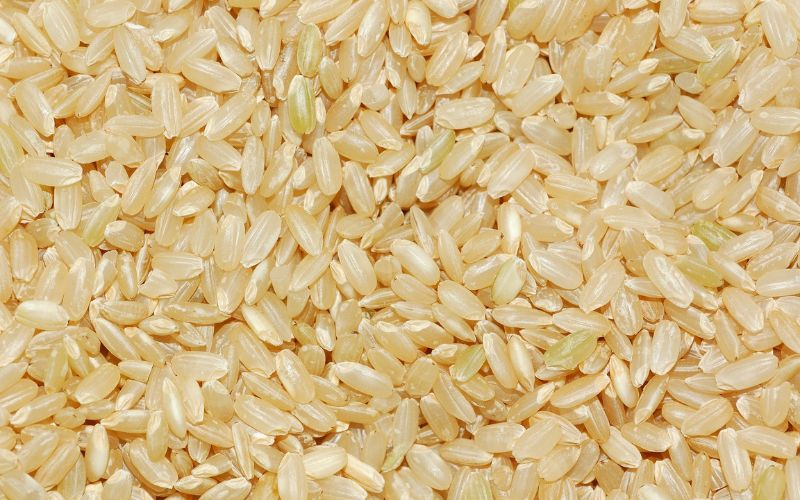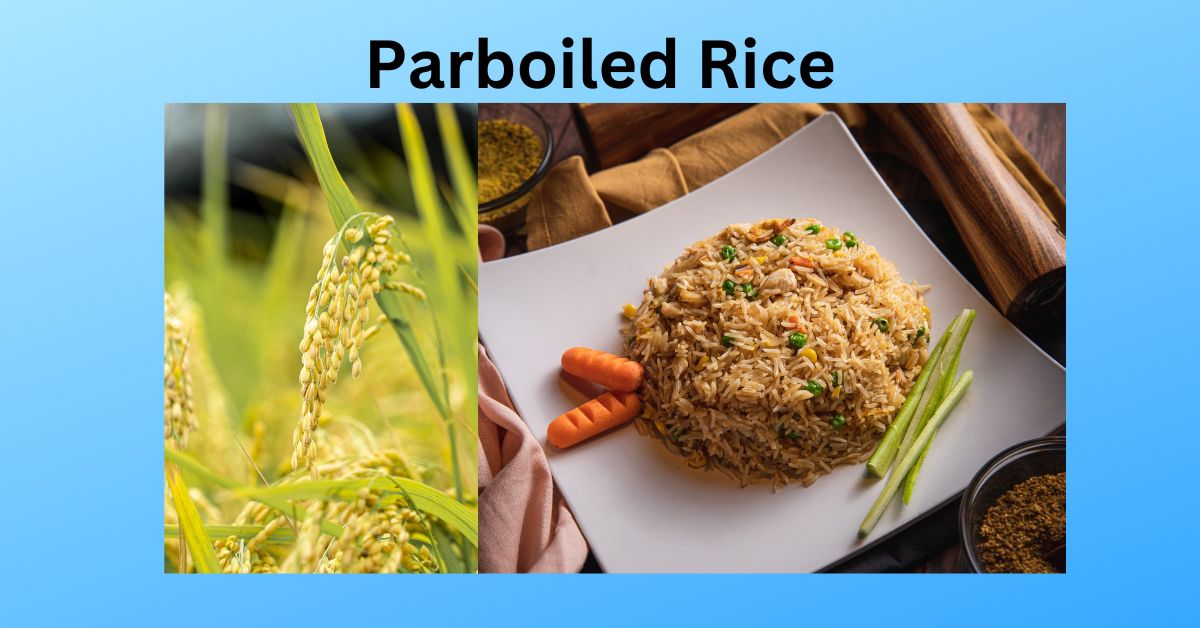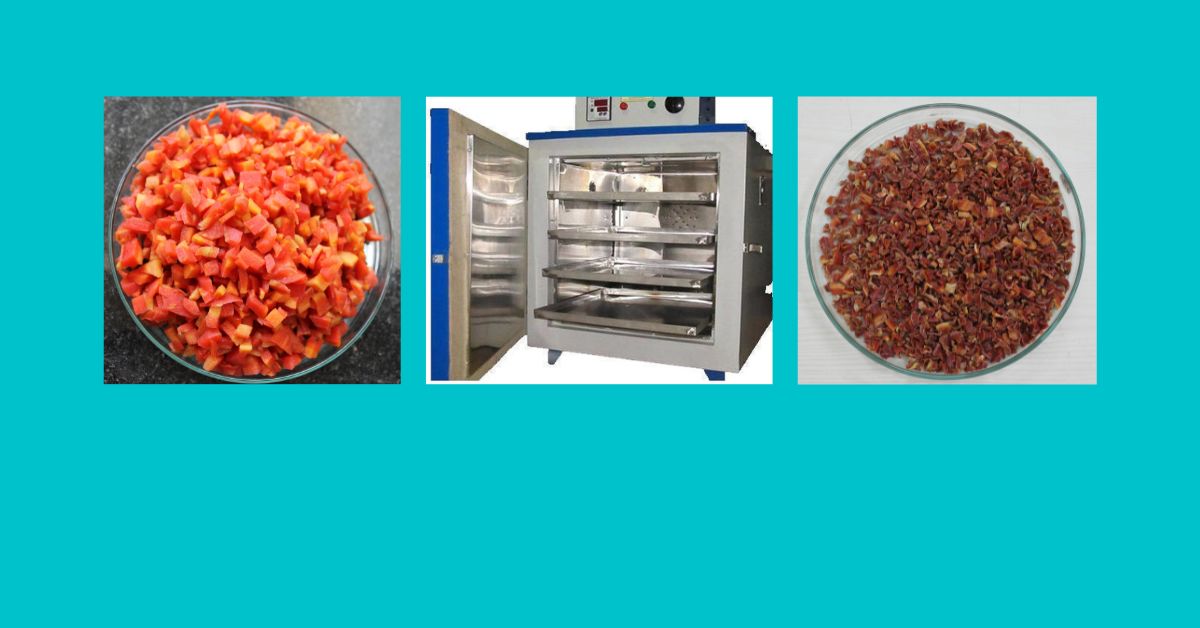Parboiled Rice
Parboiled Rice
Rice (Oryza sativa L.) is one of the important staple food of large population of world. This crop is cultivated and processed in many parts of the world.
Rice is consumed as whole grains (milled or parboiled), and in the form of fermented products. Parboiling is a hydrothermal process consists of soaking of paddy (Paddy-Rice grain with husk), heating (partial cooking) and drying before milling. The objective of the rice milling is to remove the husk and the bran layer of the rice kernel and produce an edible white rice kernel.
Parboiling process is preferred due to its ‘traditional taste’ by consumers in many countries. Health-conscious consumers are also preferred parboiled rice due to its better nutritional properties when compared to non-parboiled rice.

Paddy kernel i.e. Rice grain with husk has following parts.
- Husk or Hull : The outer fibrous part of rice grain is husk or hull. Removing this husk/hull makes rice edible for humans. Hull is approximately 20% of the weight of paddy.
- Bran : The outer layer of edible rice kernel which is typically brown in colour is bran. Bran is approximately about 8% of the weight of a paddy kernel. During milling, bran is removed from brown rice which is then produced white rice. Bran part contains oils, vitamins, minerals etc.
- Endosperm : Endosperm is the inner major white part of the rice kernel which includes starch, protein, vitamins, minerals etc. It is approximately about 70% of the weight of a paddy kernel.
- Germ : The germ i.e. embryo part of rice kernel is about 2% of the weight of a paddy kernel and has the ability of sprouting when germinates. During milling, the germ is removed.
Endosperm part of paddy grain is mainly composed of starch granules. Intergranular spaces of endosperm are filled with moisture and air and these voids, cracks causes breakage of rice during milling operation. Parboiling process reduces such breakage during milling by gelatinizing the starch. Parboiling also improves head rice yield. Head rice includes broken rice kernels that are approximately 75-80% of the whole kernel.

What is gelatinization of Starch?
In parboiling of rice, starch gelatinization is a process in which starch granules present in endosperm region of paddy absorbs water, swell and then form a gel in presence of water and heat. Swelling of starch granules is achieved by soaking paddy in cold or hot water. The temperature at which gelatinization occurs is known as gelatinization temperature.
Starch gelatinization in paddy kernels may be achieved by
- soaking paddy in water at or above its gelatinization temperature for some time
- Soaking paddy in water at or below its gelatinization temperature for some time and then heat is provided to expand starch granules
- Paddy may be soaked for some time and then steam is introduced for gelatinization
Parboiled rice is dried in shade or sun or by using mechanical dryer such as LSU dryer. Many traditional and improved methods are used to produce parboiled rice.




